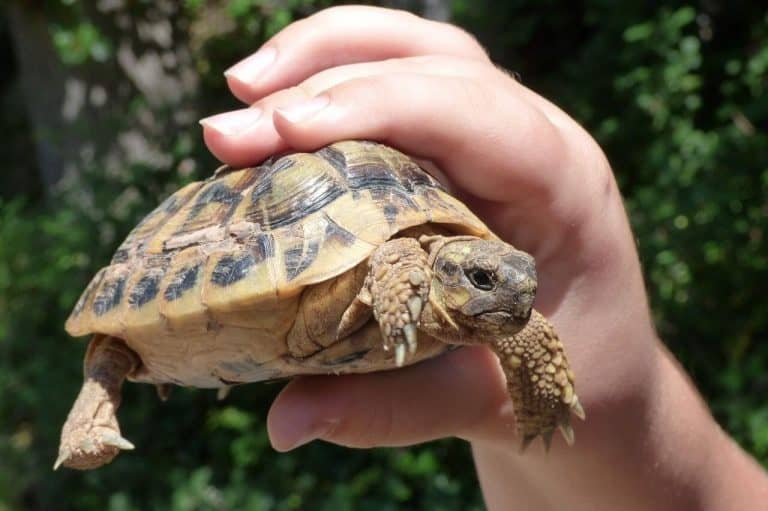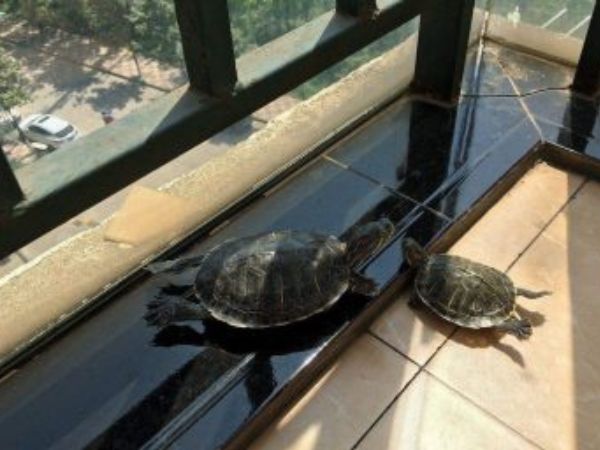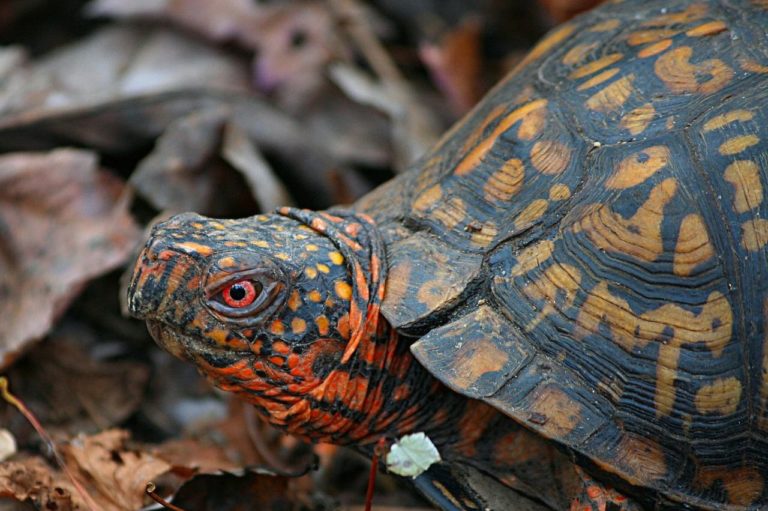Turtle Basking Light Guide for beginners | turtlevoice
Today we discuss Turtle Basking Light Guide for beginners. Are you looking to bring your pet turtles into the great outdoors while still giving them access to sunlight? Turtle basking lights are a great way to help create an ideal environment for your reptile friends, providing them with a safe and natural outdoor experience. This guide will walk you through the basics of choosing and setting up turtle basking lights in your backyard so that your turtles can soak up some rays!
turtle basking light:
A turtle basking light is a special type of light that creates heat and allows turtles to absorb Vitamin D3 from UVB rays. This type of lighting is essential for your pet turtle’s health, as it helps regulate their body temperature, promotes healthy shell growth, boosts their immune system, enhances reproductive activity, and supports normal behavior. Without these lights, turtles are more likely to suffer from diseases such as metabolic bone disease due to the lack of Vitamin D3 in their environment.
Types of turtle basking light:
When it comes to basking lights, there are several types available on the market today. These include Infrared Basking Lamps, Mercury Vapor Basking Lamps, Halogen Heat Lights / Spotlights, Incandescents, and LED Heat Lamp Bulbs.
Infrared Basking Lights are known for their heat output and come in a variety of wattages and watt ranges. They also come in both standard incandescent bulbs as well as long-lasting LED bulbs.
Mercury Vapor Basking Lights are highly efficient due to their combination of UVA rays and natural light – which is essential for reptile behavior and well-being. They also provide higher levels of UVA than traditional incandescent basking bulbs while still providing UVB spectrum radiation necessary for vitamin D3 synthesis.
Halogen Heat Lights/Spotlights offer superior energy efficiency over standard light bulbs thanks to their halogen gas-filled construction that produces far more light per watt used than other types of lighting sources – making them perfect for creating hotspots in terrariums or vivariums with limited space or room overhead support fixtures.
Incandescent Basks emit a much brighter visible light spectrum than mercury vapor lamps but do not produce significant amounts of UVB beneficial radiation without the use of additional filters on the bulb reflecting ultraviolet passively or actively back into the enclosure by using phosphorous coating on exterior glass coverings such as Daylight Blue tints commonly found with Reptisun models from ZooMed Laboratories among others.
Lastly, LED Heating Lamp Bulbs feature high-performance technology that helps reduce costly maintenance expenses whilst delivering uniform illumination across all open area surfaces within an aquarium/terrarium when specially designed fixtures like ExoTerra’s Dual Controllable LEDs are used properly; thus helping maintain optimum temperatures within tropical environment’s ideal parameters more efficiently even during power outages compared to older style options like regular T5HO fluorescent bulbs currently seen inside most live pet fish tanks nowadays..
set up the perfect basking area for your pet turtle:
Setting up the perfect basking area for your pet turtle is essential to ensure its health and happiness. First, ensure that you have a sturdy, escape-proof tank that allows enough room for your turtle to move around freely.
Next, it’s important to provide adequate UVB light (generally between 5 and 10 percent) so your turtle can absorb the Vitamin D3 necessary for healthy growth and bone development.
You’ll also need a good quality basking area in the form of a dry dock – essentially, an elevated platform with access to direct heat from both below and above (the tank should be partially filled with water). This will create optimal conditions for your pet turtle allowing them to regulate its body temperature and remain active throughout the day.
Finally, it’s important not to overlook decorating your pet’s environment; adding rocks or driftwood as well as plants can enable natural behavior like swimming around obstacles or hiding in some foliage – all of which is great stimulation!
importance of using a timer to regulate lighting hours:
Using a timer to regulate lighting hours is important because it helps to ensure that plants receive the necessary amount of light for photosynthesis, which is essential for healthy plant growth. Timers also help conserve energy by turning off lights that are not in use. When used with natural lighting such as sunroofs and skylights, timers can be especially effective in reducing energy usage.
timers can make gardening easier by giving you more control over your plants’ environment and allowing you to adjust lights according to specific seasonal needs. By using a timer to regulate lighting hours, you will be able to maximize the health of your plants while saving money on energy costs.
choose the right basking light for your turtle:
Choosing the right basking light for your turtle can be a tricky task, but it is essential for its health and well-being. Turtles need UVB radiation to help synthesize Vitamin D3 in their bodies, which helps them absorb calcium from their diet to maintain proper shell growth and development.
When selecting a light source, consider the following points:
First, check the product label carefully to make sure that it emits UVB radiation in the correct range (290–320nm).
Second, get one with an adjustable concentration of full-spectrum light so you can control how much heat and UVB exposure your turtle gets.
Third, ensure that your chosen basking lamp is strong enough to penetrate deep into its habitat; aim for one with more than 12 inches of coverage at a distance of 6 inches above the substrate surface.
Lastly, keep in mind that while higher wattage lights provide more heat energy and therefore greater temperature gradients within an enclosure, they also emit more harmful UVC radiation as well—so balance accordingly!
Troubleshooting common issues with turtle basking lights:
The most common issues with turtle basking lights are related to temperature and energy saving. If the light is not generating enough heat, it could be because of any one of the following: incorrect wattage, improper positioning/distance from the basking spot, a poor quality bulb, or low voltage.
Another issue may also arise if your pet turtle isn’t getting enough UVA and UVB rays from its bask light – this can lead to major health issues in turtles. To troubleshoot this issue you should consider replacing bulbs that have been used for more than 6 months as they lose their potency over time.
Additionally, you should check regularly if your bulb emits both UVA and UVB radiation at equal strength (you can do so by either buying a special thermometer called Herpetological Photometer or taking a sample to a research lab). Finally, check if your lighting system has an energy-saving feature that may affect its temperature output too.
final word:
In summation, it is important to consider a turtle basking light when choosing the correct lighting for your pet. Not only is this type of lighting essential for their health and development but it also provides an attractive element in the terrarium environment. With today’s technology, there are more energy efficient options available that allow homeowners to save money while taking care of their beloved pet turtle.


